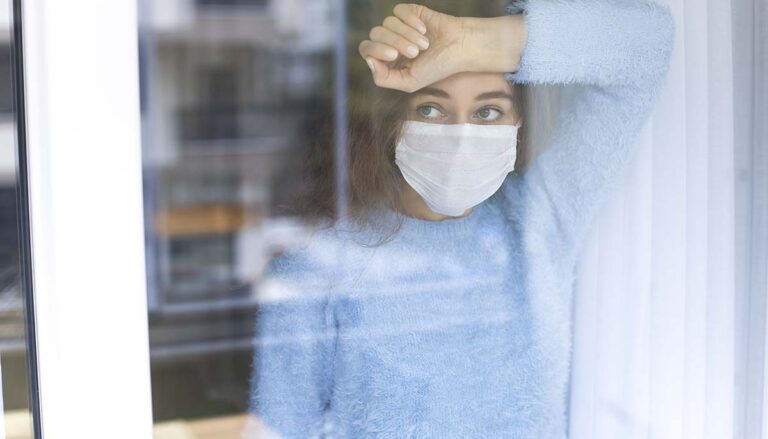While the vaccine rollout continues, shortages of doses are beginning to strain public goodwill. At first, few questioned whether it was wise to vaccine primarily the elderly, as older people are at higher risk of severe COVID cases. However, as the pandemic rolls out and vaccine rollout is slowing from bottlenecked production, some are beginning to grumble.
Teachers, the immunocompromised, even some age demographics are beginning to more loudly demand they be next in line for the vaccine. Some have questioned why older people get priority over, say, patients with chronic illness. Others have suggested more targeted vaccinations could be used to slow the virus, not just prevent deaths.
Slowing the Virus
The biggest threat to the vaccination effort is further mutation of the virus. Experts believe that the virus could become more resistant to vaccination efforts as it continues to mutate, allowing it to slip through our best line of defense and keep the pandemic raging. The best was to stop this mutation is to stop the virus from spreading unchecked.
Viruses mutate rapidly when they replicate. They replicate within host cells. The more COVID cases that are ongoing, the more host cells are being converted into SARS-COV-2 factories. This has led experts to suggest the best use of vaccines may be to target people not at the highest risk of dying from COVID, but the people most likely to catch or spread it.
Who Spreads COVID the Most?
New research suggests that the age group most likely to catch, and subsequently spread, COVID is people aged 20-49. The reasons for this are understandable: people in that age range are the backbone of the economy. This demographic is still working, and many of them are still engaging in social activities. The data is clear: they’re the leading spreaders of the novel virus.
As such, while it might sound counterintuitive to vaccinate people at a lower risk of dying from the disease, it might be the best call for the near-term to slow the spread of the virus. Indeed, older people and immunocompromised people will be at a much lower risk of catching COVID if the primary vectors are inoculated against it.
However, no everyone agrees with that calculation. Many groups are all vying for the low stock of the vaccines, with different suggestions about what the goal of this early effort should be. Are we trying to stop the pandemic, or reduce deaths? These are the hard calls regulators and health officials will need to make in the coming months.





